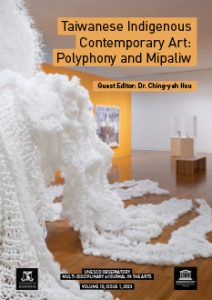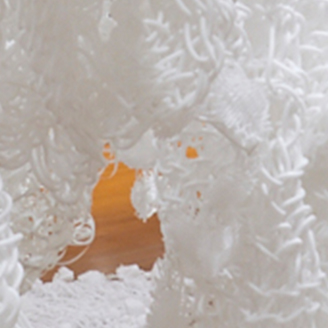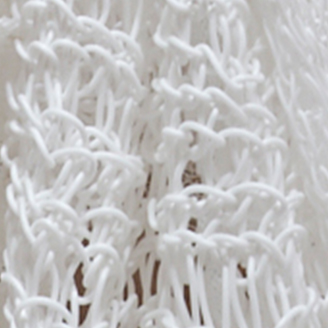Taiwanese Indigenous Contemporary Art: Polyphony and Mipaliw
Cover Image: Eleng Luluan at National Gallery of Canada.
Image Courtesy of National Gallery of Canada.

Cover Image: Eleng Luluan at National Gallery of Canada.
Image Courtesy of National Gallery of Canada.
Taiwanese Indigenous Contemporary Art: Polyphony and Mipaliw
Polyphony is a musical term referring to multiple melodies, or voices.
“Eight-part-polyphony” is a unique vocal music sung by the Bunun, one of Taiwan’s indigenous nations. Recognized by the UNESCO as world cultural heritage, the Bununs’ complex harmony celebrates the millet harvest and offers respect to the ancestral spirits. It is sung by several singers facing inwards in a circle, arms interlocked, who separately initiate the different notes with the vowels a, e, i, o and u. The diversity of voices and tones is related to M. M. Bakhtin’s theory of polyphony as a metaphor for a literary work with a plurality of narrative voices. In the Bununs’ song as in Bakhtin’s theory, no single voice is subordinated or submerged. Rather, each individual voice remains distinct and necessary.
Nowadays, during the COVID-19 pandemic, the crisis has made us more aware than ever before of the importance of mutual collaboration among human beings. Yet Taiwanese indigenous culture has long been based upon cooperation in life. For example, the Amis, the largest Taiwanese indigenous nation, uses the word ”mipaliw” to describe women’s mutual collaboration in farm labor, and even to cope with sexual harassment on the farm.
That same exchange of labor reflects and nourishes works in Taiwanese indigenous art and culture, so that one regional art festival took the word “mipaliw” for its title. The collaboration of labor, the diversity of voices – these are also seen in the work of Taiwanese indigenous contemporary artists. Polyphony and mipaliw are central to cultural diversity in art and life.
For this edition the authors’ essays address issues such as how do the Taiwanese indigenous artists cope with the sociocultural crisis in contemporary art and life through mutual collaboration? How is the metaphor of polyphony demonstrated by the diversity of voices in art and how art reflects the polyphony.
Dr. Ching-yeh Hsu
Guest Editor








The UNESCO Observatory refereed e-journal promotes multi disciplinary research in the Arts and Education and arose out of a recognised need for knowledge sharing in the field. The publication of diverse arts and cultural experiences within a multi-disciplinary context informs the development of future initiatives in this expanding field. There are many instances where the arts work successfully in collaboration with formerly non-traditional partners such as the sciences and health care, and this peer-reviewed journal aims to publish examples of excellence.
Valuable contributions from international researchers are providing evidence of the impact of the arts on individuals, groups and organisations across all sectors of society. The UNESCO Observatory refereed e-journal is a clearing house of research which can be used to support advocacy processes; to improve practice; influence policy making, and benefit the integration of the arts in formal and non-formal educational systems across communities, regions and countries.
ISSN 1835 – 2776
UNESCO E-Journal
an Openly Published Journal affiliated with
The UNESCO Observatory at
The University of Melbourne
Edited and published by Lindy Joubert
Founding Director of the UNESCO Observatory
Email: lindyaj@unimelb.edu.au
Endorsed by the Melbourne Graduate School of Education